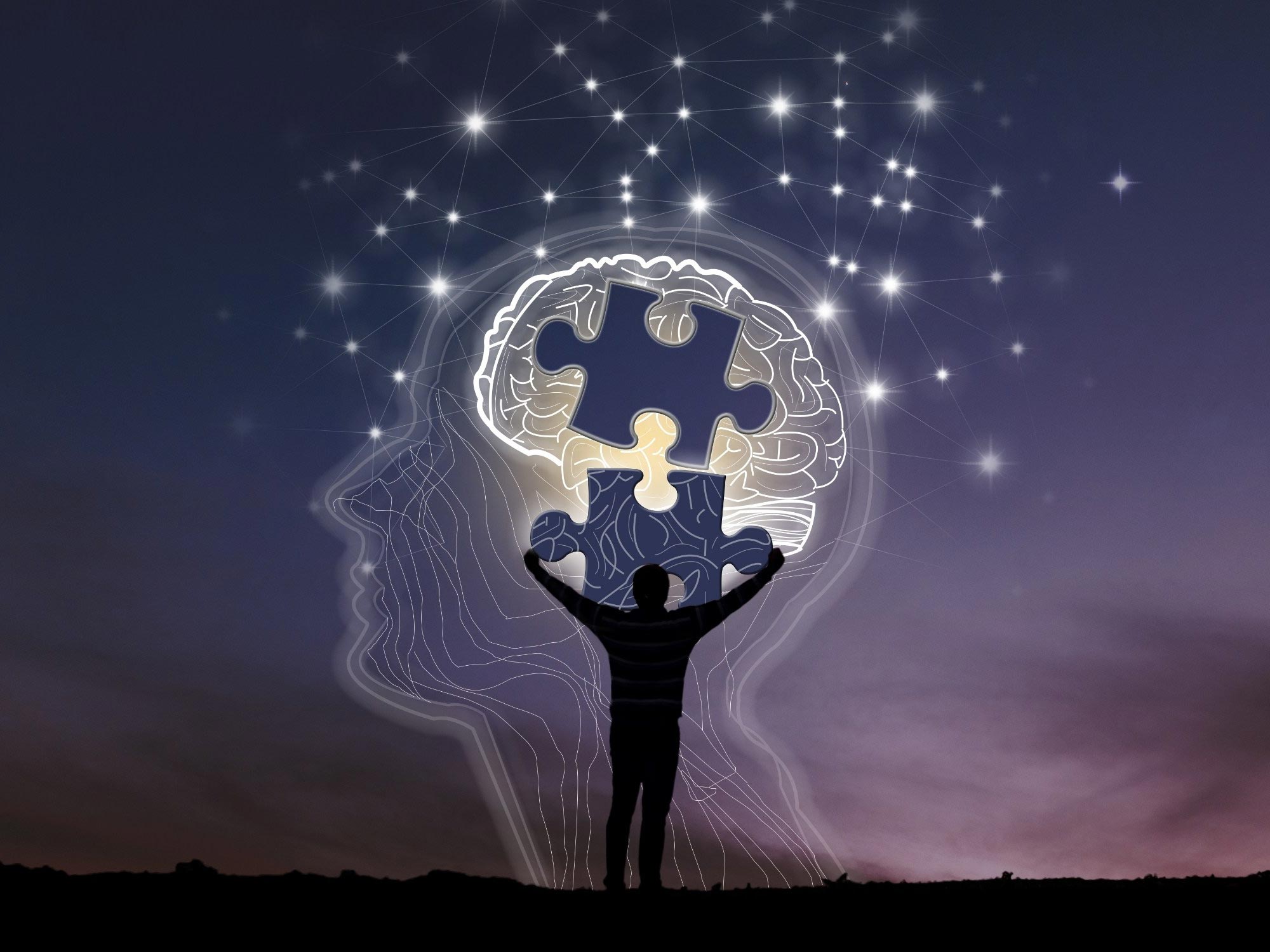
La investigación se centra en el mapeo de los componentes reguladores en cis en las neuronas humanas que pueden estar relacionados con la genética de los trastornos psiquiátricos.
El modelo de células madre de Mount Sinai puede arrojar luz sobre la compleja biología detrás de algunos trastornos psiquiátricos.
Para mapear variantes de riesgo de enfermedad en neuronas humanas, investigadores de Escuela de Medicina Icahn en Mount Sinai Usé un modelo único de células madre. Este trabajo puede ayudar a arrojar luz sobre los mecanismos biológicos subyacentes a enfermedades neuropsiquiátricas como el autismo y la esquizofrenia.
El modelo celular etiquetado en laboratorio del grupo, publicado recientemente en Cell Reports, se creó para facilitar la comprensión de los futuros investigadores de los mecanismos de la enfermedad que involucran estudios de asociación del genoma completo (GWAS) que caracterizan diferentes alelos de riesgo (variantes genéticas comunes que confieren riesgo) para trastornos psiquiátricos. . Este estudio podría ayudar a desarrollar mejores métodos de diagnóstico para detectar problemas mentales años antes de que un paciente desarrolle síntomas.
La investigación se centra en la identificación de elementos reguladores en cis en las neuronas humanas que podrían estar relacionados con la heredabilidad de los trastornos psiquiátricos. Los elementos reguladores cis, que incluyen potenciadores y promotores, no codifican[{” attribute=””>DNA regions that control the expression of genes and are essential parts of the genetic regulatory network. A considerable enrichment of common variants in the cis-regulatory elements, including those linked to bipolar disorder, schizophrenia, and autism spectrum disorder, has been found in previous genetic investigations.
“While common risk variants can shed light on the underlying molecular mechanism, identifying causal variants remains challenging for scientists,” says Nan Yang, Ph.D., Assistant Professor of Neuroscience at the Icahn School of Medicine of Mount Sinai, and senior author of the study. “That’s because cis-regulatory elements, particularly the enhancers, vary across cell types and activity states. Typically, researchers can only use postmortem brain samples where the neurons are no longer active. As a result, they are likely to miss enhancers that only respond to stimulation. Our approach is to map cis-regulatory elements in human neurons derived from pluripotent stem cells. That allows us to replicate neurons in the human brain that can be affected by different types of neuropsychiatric disease, and conduct mechanistic studies of human genetic variants that are inaccessible from other types of human samples.”
In recent years, GWAS have identified hundreds of gene regions associated with psychiatric disease, though understanding disease pathophysiology has been elusive. The functional genomics approach Dr. Yang and her team developed uses stem cell models that can help resolve the impact of patient-specific variants across cell types, genetic backgrounds, and environmental conditions. This unique approach effectively lays a foundation to translate risk variants to genes, genes to pathways, and pathways to circuits that reveal the synergistic relationship between disease risk factors within and between the cell types in the brain.
“Our research attempts to decode and transfer highly complex genetic insights into medically actionable information,” says Dr. Yang, who is a member of the Black Family Stem Cell Institute, The Friedman Brain Institute, and The Ronald M. Loeb Center for Alzheimer’s Disease within the Mount Sinai Health System. “That means improving our diagnostic capabilities, predicting clinical trajectories, and identifying presymptomatic points of therapeutic intervention for psychiatric disorders.”
By characterizing cell-type specific and activity-regulated gene expression patterns in human cell-derived neurons, Dr. Yang believes her team’s study can greatly benefit the research community. “Our data can guide choosing relevant cell types of experimental conditions to further elucidate molecular mechanisms of disease across the genome,” she points out. “And that could lead to the development of biomarkers that might detect neuropsychiatric disorders years before they manifest themselves in patients, while there is still time to delay or possibly prevent them.”
Reference: “Mapping cis-regulatory elements in human neurons links psychiatric disease heritability and activity-regulated transcriptional programs” by Carlos Sanchez-Priego, Ruiqi Hu, Linda L. Boshans, Matthew Lalli, Justyna A. Janas, Sarah E. Williams, Zhiqiang Dong and Nan Yang, 31 May 2022, Cell Reports.
DOI: 10.1016/j.celrep.2022.110877

“Amante de los viajes. Pionero de Twitter. Ávido gurú de la televisión. Aficionado a Internet galardonado”.


